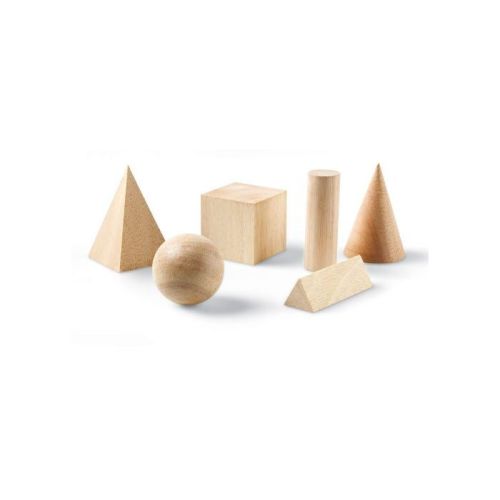
The cubbies are bigger than the book, but they are all rectangles. Encourage children to do the same with triangles, circles, and other shapes. Next, help children think as they compare the sizes of rectangles. For example, in the classroom they could search for rectangles, such as windows, doors, books, shelves, cabinets, computer screens, tabletops, and cubbies. Compare shapes. Ask children to identify different sizes of the same shape.Teachers can use real objects, photos, and black line drawings to define the words. Be sure to write math words in English and in children’s home languages. Introduce math words. Create a math word wall or incorporate mathematical words into the existing word wall-color-code the math words to make it easier for children to notice them.For example, they might make right triangles red and scalene triangles blue. After finding them in the classroom or outdoors, children can outline the triangles with colored tape. Identify shapes. Introduce children to different kinds of triangles, such as equilateral, isosceles, scalene, and right.The following strategies and activities can help preschoolers learn to recognize and compare shapes. By using materials such as posters, blocks, books, and games, teachers expose children to various shapes and help them analyze two- and three-dimensional shapes in various sizes and orientations. In preschool, children can learn to identify and name circles, triangles, squares, rectangles, and ovals. Recognize and compare two- and three-dimensional shapes Preschool teachers have numerous opportunities to help children begin to develop their understanding of shapes and space. By the end of kindergarten, children need to demonstrate understanding by analyzing, comparing, creating, and composing these shapes. The second is describing shapes and space (NGA Center & CCSSO 2010). The first is representing, relating, and operating on whole numbers with sets of objects. In the CCSSM, two critical areas make up kindergarten content. The Common Core State Standards for Mathematics (CCSSM) are written to ensure students will leave school ready for work and college. Math can be a part of daily routines, activities, and interactions in preschool. They can provide developmentally appropriate materials and opportunities to help preschoolers understand the topic. To make the child aware of the solid shapes that surrounds him.Preschool teachers can create an environment in which children are eager to explore and learn about math. The positives, comparatives, and superlatives. In a tray of sand, gently roll one shape at a time to see what forms it can make. Allow the child to experiment with all of the cards. Place the cards on the mat and see what solids fit onto each card. Work in this manner until the child can place a scarf over all of the solids and still feel and guess correctly. This allows the names of the solids to be reinforced for the child. Take out the solid from under the scarf to reveal the solid you have. Reach your hand under the scarf, feel one of the solids underneath, and say out loud what solid you believe you have in your hands. Place these in a separate basket and cover it with a scarf. The child works individually with the geometric solids. On another occasion, repeat this presentation for three more solids until the child knows that names of all of the solids. Then do a three-period lesson for: sphere, cube, and cylinder. Take out the cylinder and repeat in the same way as above. Take out the cube and repeat in the same way as with the sphere. The child should then place the sphere on the mat. Ask the child, “Can you put the sphere on the mat?” Allow the child to feel the sphere and as he is doing so say, “That is a sphere”. Feel the sphere in your hands as in Presentation 1. (Prepare for the lesson in the same way as above.) Allow the child to explore the other solids in the basket.
#Wooden geometric solid shapes how to#
Demonstrate on another solid, showing him again how to gently slide your hands around the solid. Have the child place the sphere near the top left corner of the mat. Allow the child to feel the sphere in the same gentle manner. Feel the solid in your hands by gently sliding you hands around the sphere. Take out one of the simpler shapes (such as the sphere), and place it on the mat in front of you. Have him bring over the entire basket, placing it in the top right corner of the mat. Bring him over to the shelf and show him the basket, giving the child the name of the material. Tell the child that for today’s work, we are going to need a mat.


Invite the child to come and work with you. A suitable cloth (not transparent) large enough to cover the basket Seven white cards with geometric figures drawn in a thin blue line A basket large enough to contain ten geometric wooden solids in blue: Montessori - Sensorial - Stereognostic Sense - Geometric Solids


 0 kommentar(er)
0 kommentar(er)
